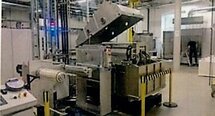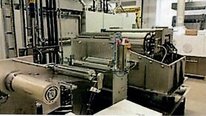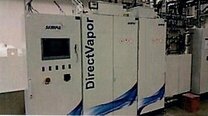Used VDL R2R #9292764 for sale
URL successfully copied!
Tap to zoom
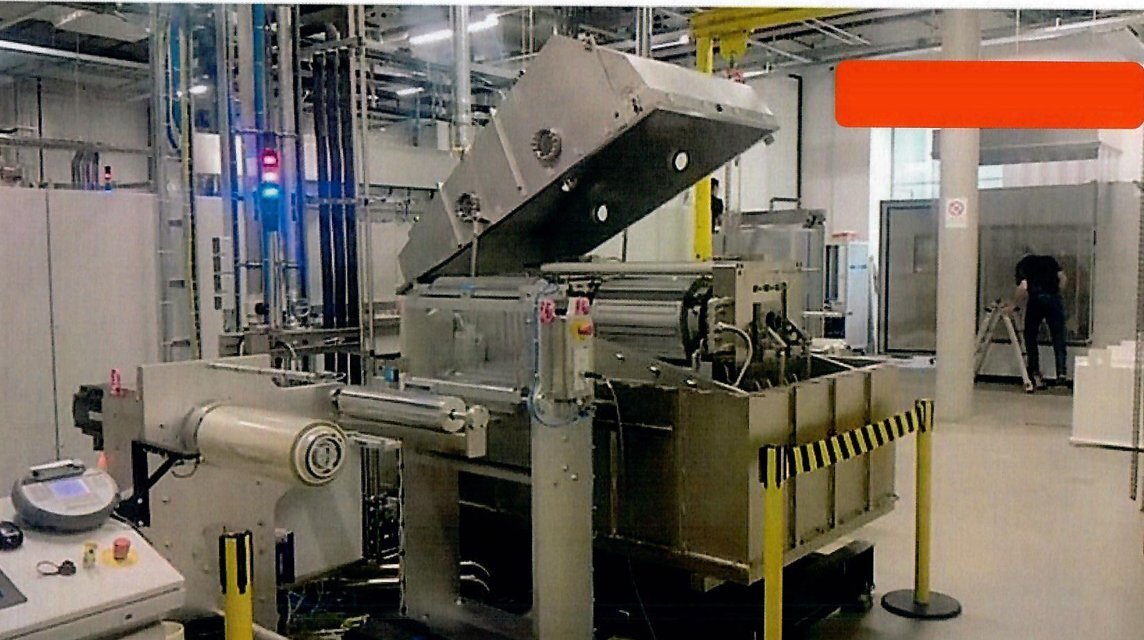

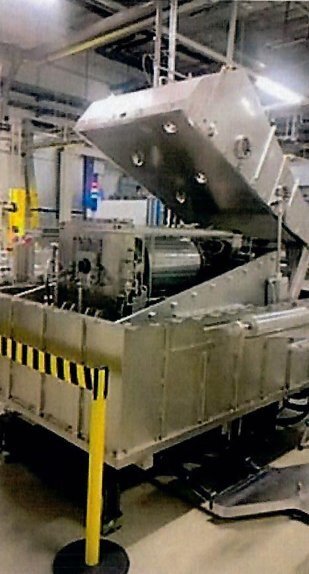

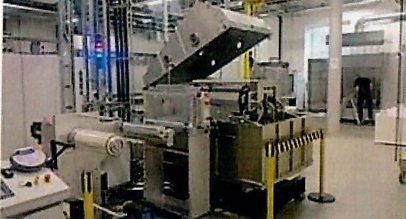





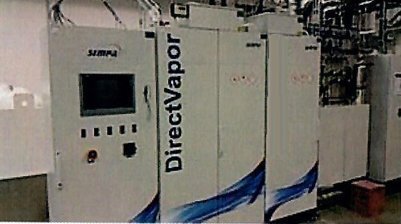

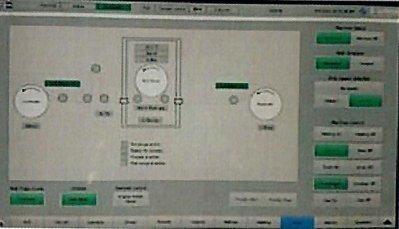

ID: 9292764
Atomic Layer Deposition (ALD) system
R2R Reactor operation
Deposition at atmospheric pressure up to 150°C
(6) Deposition cycles per drum rotation
0.7 nm Deposited per drum-cycle
Web speed: Up to 10 m/min
R2R Function:
R2R ALD (In the middle)
Two coating / Printing stations
Two UV curing units
Nominal substrate width: 514 nm
Gas cabinet
Deposition of zinc oxide and zinc sulfide
Prepared for aluminum oxide
Nitrogen purification
Drum allows ALD depositions up to 150°C.
VDL R2R stands for vacuum deposition liquid receptor-to-receptor, is a type of industrial reactor which is mainly used for reactive thin-film deposition and surface engineering processes. It involves the usage of a combination of vacuum deposition and surface reactions to create thin films on a substrate. R2R has two components: a vacuum deposition unit and a substrate assembly. The vacuum deposition unit uses a variety of feed streams which are chosen based on the desired reaction mechanisms. This typically includes liquid sources such as organometallics, inorganic salts, and gaseous chemicals such as titanium tetrachloride, as well as solid precursors such as metal oxides and organic monomers. This vapor or liquid is then directed onto a substrate, which is exposed to the deposition activities. The substrate assembly typically consists of a deposition chamber with a rotating substrate holder. The holder is designed to rotate the substrate as the deposition activity advances. This rotation helps to produce uniform layers on the substrate. At the same time, a heating element is used to maintain temperature and prevent uneven deposition. During VDL R2R process, the substrate is exposed to the reactive thin-film deposition and surface engineering operations. Depending on the feed streams used, a variety of chemical reactions will occur on the substrate. For example, if the feed streams contain organic compounds, oxidation reactions will take place to create a thin film. Similarly, reactions such as reduction, polymerization, and electroless plating can also be used to modify the surface of the substrate. The result of R2R process is a thin film that is uniform and tailored to a specific application. The thickness of the film can be controlled by adjusting the deposition parameters. Additionally, the process is suited to a wide range of substrate types such as metals, ceramics, and polymers. Overall, VDL R2R is an effective and efficient method for reactive thin-film deposition and surface engineering processes. Its ability to produce uniform and tailored thin films makes it an ideal choice for industrial applications.
There are no reviews yet


